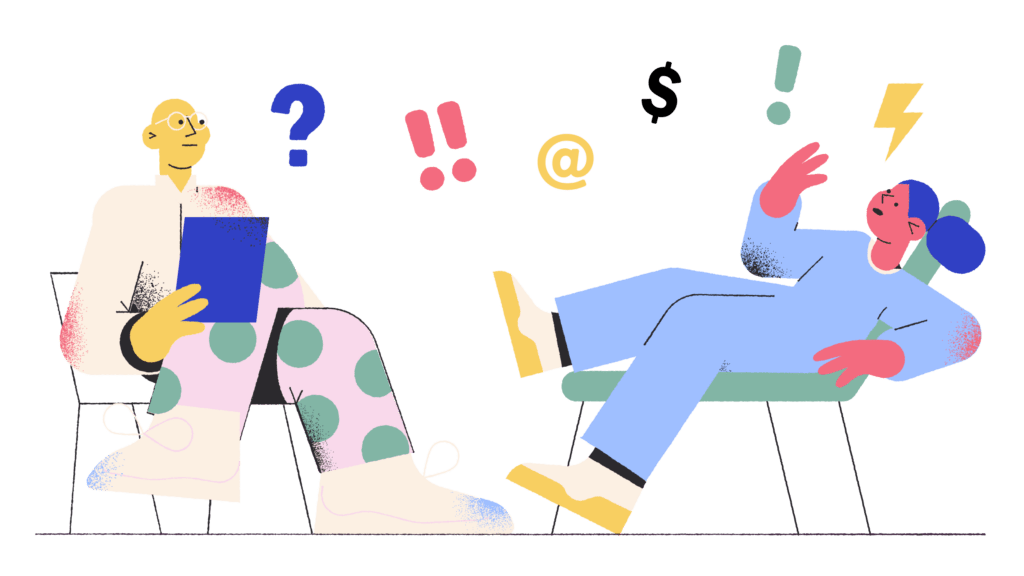Therapy is a tool for individuals grappling with various emotional, psychological, and behavioural challenges. There are many schools of therapy. However, as people on their therapy journey, a common question often arises: How long should therapy last? In this article, we explore the factors that influence the duration of therapy and shed light on the importance of personalized plans.
One of therapy’s fundamental aspects is its highly individualized nature. Every person’s experiences, challenges, and healing processes differ, making it essential for treatment to be tailored to the individual’s specific needs. Consequently, there is no one-size-fits-all answer to the duration. Some individuals might find relief and resolution in a few sessions, while others may require long-term support to address deeply rooted issues.
Short-Term
Short-term therapy, often called brief or solution-focused therapy, typically involves a limited number of sessions. This approach is practical for individuals dealing with specific, well-defined issues such as phobias, grief, or situational stressors. The short-term approach aims to provide practical strategies and coping mechanisms, empowering individuals to navigate their challenges independently.
Long-Term
On the other end of the spectrum, long-term approaches involve a more extended and in-depth therapeutic process. It is suitable for individuals grappling with complex issues such as trauma, chronic mental health conditions, or deep-seated behavioural patterns. Long-term therapy allows clients and therapists to explore underlying causes, patterns, and unresolved emotions at a gradual pace, promoting lasting change and emotional healing.

Factors Influencing the Duration
- Nature and Severity of the Issue: The complexity and severity of the problem significantly impact the duration. More profound issues often require a longer therapeutic commitment to facilitate comprehensive healing.
- Client’s Goals and Progress: The goals set by the client and their progress in therapy play a crucial role. If the client achieves their objectives within a few sessions, therapy may be shorter. However, if new goals emerge or progress is slow, therapy may continue for a more extended period.
- Therapeutic Relationship: The quality of the therapeutic relationship between the client and therapist is pivotal. Trust, rapport, and open communication foster a safe space for clients to explore their emotions, making the therapeutic process more effective and efficient.
- Client’s Readiness for Change: A client’s readiness and willingness to engage in the therapeutic process significantly influence the duration of therapy. Those who actively participate and embrace change may experience faster progress.
Conclusion
The duration of therapy is a deeply personal and fluid aspect of the healing journey. Rather than focusing on a rigid timeframe, it is essential to prioritize the quality of therapy and the individual’s progress. Therapists, equipped with empathy, expertise, and adaptability, guide clients through their unique paths to healing. By embracing the diverse needs of individuals and honoring the therapeutic process, we can create a supportive environment where individuals can embark on their journeys toward mental and emotional well-being, regardless of the duration it may take.
Ready to begin? Start your online therapy journey today. Book your first session now.




